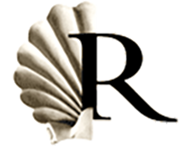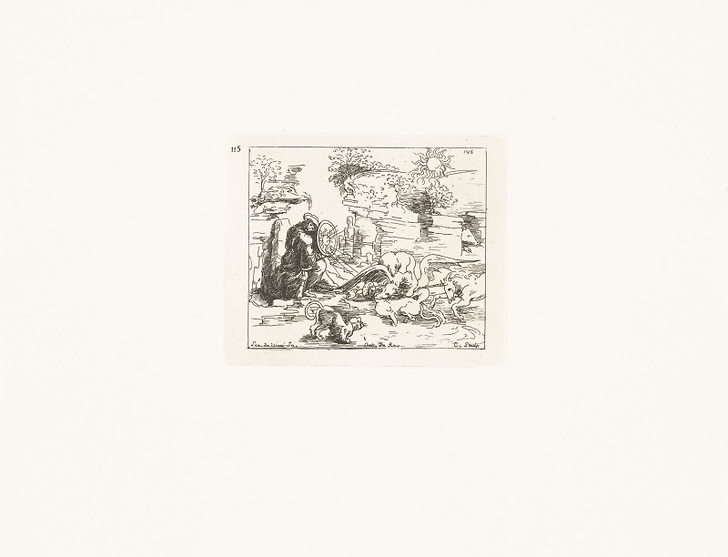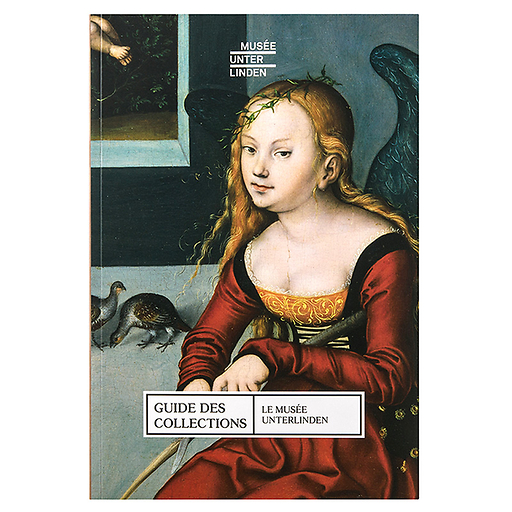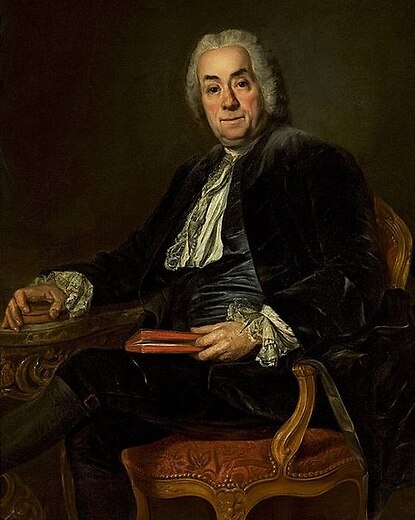Engraving Allegory of a solar mirror - Leonardo da Vinci
KM000193
The Comte de Caylus (1692-1765), grand nephew of Louis XIV, entered the Académie des lettres in 1714. Trained in drawing by Watteau and engraving by Mariette, he interpreted in etching the drawings from the Cabinet du Roy to which he had access. For the Chalcographie du Louvre, this represents a collection...
Read more
The Comte de Caylus (1692-1765), grand nephew of Louis XIV, entered the Académie des lettres in 1714. Trained in drawing by Watteau and engraving by Mariette, he interpreted in etching the drawings from the Cabinet du Roy to which he had access. For the Chalcographie du Louvre, this represents a collection of 223 plates engraved after the greatest artists. Leonardo da Vinci is one of them. A Florentine painter of the Renaissance, he is also known as a scientist, engineer, inventor, philosopher and writer. The drawing represented by the Compte de Caylus can be understood as a struggle between the world of evil, of darkness, personified by the parade of animals fighting among themselves, and that of Truth, personified by the sun, whose rays are reflected on the mirror-shield.
Unlike the original drawing, the reading direction is reversed. The engraving process requires the motif to be engraved 'upside down' to obtain a print identical to the original work.
The motif is engraved using the etching technique. The matrix is covered with a varnish on which, once, the artist traces his design, exposing the metal. The drawn plate is then immersed in an acid bath, which attacks the copper and hollows out the design. Long immersions are needed to obtain the deep blacks, while a few seconds are enough to obtain the light greys.
Close
Sold by GrandPalaisRmn








